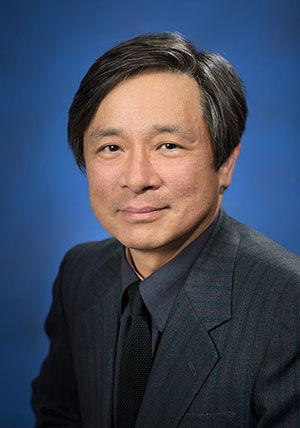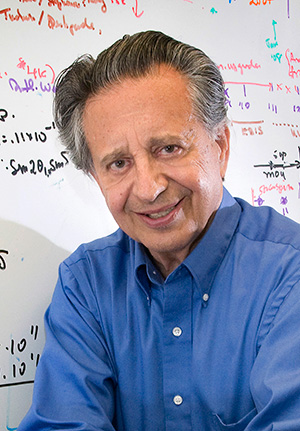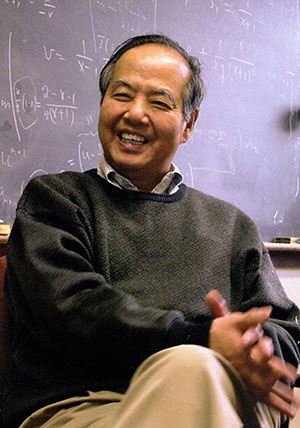 RIKEN BNL Research Center
RIKEN BNL Research Center

About the RIKEN BNL Research Center
Pursuing new studies in physics for the 21st century
At the RIKEN BNL Research Center (RBRC) our research focus is on spin physics, Lattice Quantum Chromodynamics (QCD) computational physics and quark gluon plasma (QGP) physics. The goal is to establish a new field of physics for the 21st century by closely coordinating our theoretical and experimental research efforts.
As the history of the 20th century indicates, scientific progress has always been made by younger researchers. Albert Einstein was in his 20's when he published his special theory of relativity and began his quest for the general theory of relativity. Quantum mechanics was created by young scientists of the next generation including Werner Heisenberg, Paul Dirac, Enrico Fermi, and Yoshio Nishina. During the 1930s and 1940s, young Hideki Yukawa and Shinichiro Tomonaga were among those who solved major problems of nuclear physics and quantum electrodynamics.
At any given time, the older generation is, of course, playing a significant role. However, more challenging and more important problems have always been solved by younger researchers. Such talent does not appear suddenly. We see concentration of such talents at a few selective centers such as the Niels Bohr Institute, RIKEN, the Advanced Study at Princeton, and Columbia University.
At RBRC, we provide a special environment dedicated to talented young scientists from around the world so that they can concentrate their energy on that research. Our goal is to become a facility where a new field of physics for the 21st century will be developed.
Message from the Director

Director Robert Tribble
On April 1, 2023, I began my new role as Director of the RBRC. It was truly an honor for me to take over this position from my immediate predecessor, Dr. Hideto En’yo, who led the RBRC through the previous six years. Hideto has been and continues to be a strong advocate for the RIKEN involvement at the Relativistic Heavy Ion Collider (RHIC). He was a member of the PHENIX collaboration and has also been supporting the sPHENIX effort. In the early days of RHIC, he was one of the key people at RIKEN who helped develop the support needed to establish a polarized-proton program at RHIC. RHIC and the RBRC are indebted to him for his leadership.
The RBRC is at the beginning of a period of transition. The sPHENIX collaboration began commissioning its new detector in May of 2023. The RBRC members working on sPHENIX are now positioned to begin collecting data from the detector during the remaining RHIC runs and then carry out the analysis of that data. The theory efforts associated with RBRC remain very active with world leading programs in lattice QCD calculations and nuclear theory in support of the RHIC program. One of my goals as RBRC Director is to ensure that these programs continue to flourish.
The plan for RHIC is to complete data taking in 2025 and then to shut down to begin the transition to the Electron-Ion Collider (EIC). The science of the EIC has strong overlap with the science that has come from the polarized-proton collisions at RHIC, where RBRC members have been leaders. During the next few years, the RBRC will work toward defining a role for RIKEN, and more broadly Japan, in this exciting new effort.
Research at the RIKEN BNL Research Center includes vigorous activities in both experimental and theoretical physics.
Experimental research includes studies at the Relativistic Heavy Ion Collider: the collisions of heavy ions at ultrarelativistic energies, spin physics in proton-proton collisions, and eventually into electron nucleus collisions at a the EIC.
There is a large and vigorous effort in Lattice Gauge Theory. This includes the study of hadronic physics, such as the computation of weak matrix elements, and computing the thermodynamic behavior of Quantum Chromodynamics.
There is also a strong interest in the theory of High Energy Nuclear Physics, including: saturation and the Color Glass Condensate; the phenomenology of heavy ion collisions; the nature of the Quark Gluon Plasma near the transition temperature (the “semi” QGP); cold dense quark matter (“quarkyonic”); and applications of the AdS/CFT correspondence.




